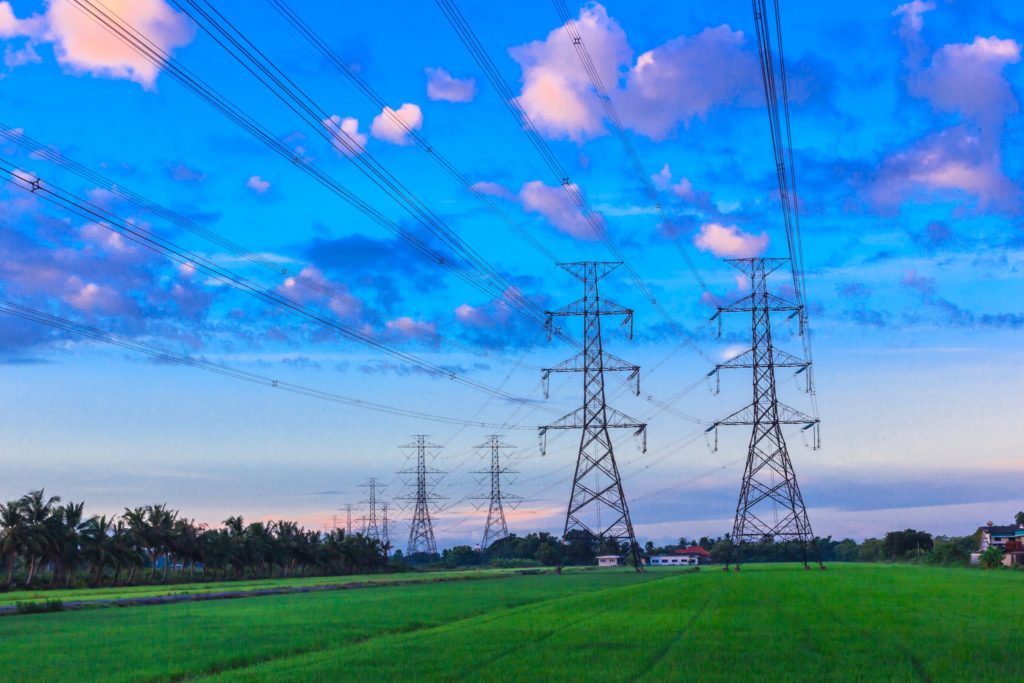Scott Pruitt hasn’t gone after the endangerment finding yet. Why?
As attorney general of Oklahoma, Pruitt led the charge in the legal battle to invalidate the Obama-era regulation that would’ve required a 30 percent reduction in greenhouse gas emissions from the power sector by 2030. Since he became head of the EPA, the agency has rolled back a number of existing or proposed restrictions intended to combat climate change, and is actively considering options to repeal the CPP itself.
Yet not everyone thinks Pruitt has gone far enough. In particular, certain conservative groups have sought to get Pruitt to go beyond the CPP itself, and revoke the earlier EPA determination that greenhouse gas emissions are harmful to public health and safety.
Known as the Endangerment Finding, the 2009 EPA ruling is the basis for the agency’s current greenhouse gas restrictions and arguably obligates the EPA to take further action to reduce these emissions going forward.
Pruitt, however, has so far resisted efforts to revisit the Endangerment Finding formally. Why? While I can’t claim any personal insight into his thinking, Pruitt’s actions may reflect the strategic thinking of a litigator.
Going directly after the Endangerment Finding would force the EPA into a legal battle on unfavorable ground.
To repeal the finding, the agency would have to go through “notice and comment,” a period when the public and experts can submit critiques of the proposed action. The EPA must then provide a reasonable response to these critiques in formulating its final decision.
Whatever one personally thinks about climate change, most scientific opinion accepts the view that human activity is raising global temperatures in ways that are harmful and dangerous. Even among the minority of scientists that fall into the skeptical camp, many would be hard pressed to claim that greenhouse gas emissions have no harmful effects.
What’s more, any decision the EPA makes on the matter is certain to end up in court. And judges are unlikely to side against the weight of scientific opinion on the matter. A direct attack on the Endangerment Finding would therefore be a likely loser.
On the other hand, there are ways to achieve similar goals that don’t touch the Endangerment Finding directly. The EPA and the Office of Management and Budget currently are looking at whether to revoke the Clean Power Plan on the grounds that it is statutorily pre-empted under Section 111 of the Clean Air Act.
The details of this argument are somewhat arcane (if you’re interested, I’ve written about them previously here). The upshot is that if the EPA did pursue this course and was sustained by the courts, a future EPA would have to look for some other statutory basis to impose greenhouse gas regulations on the power sector. Given that the Clean Air Act was not designed to deal with greenhouse gas emissions, that may be difficult to do.
Alternatively, the EPA could replace the Clean Power Plan with a “skinny” version that is less onerous. The existing CPP’s goals were based on emissions reductions that could be achieved both by actions taken by fossil-fuel-powered plants themselves, and by emissions reductions obtainable through changes to the nature of a state’s overall electrical system.
The EPA’s authority to include this second category is legally dubious, and a Trump EPA might try to limit the plan only to the CPP’s requirements for plants themselves. That would mean a lot less overall reduction in emissions, but it would also greatly reduce the scope of the regulation.
Both of these options will still likely result in litigation. But unlike a legal battle over science, they would take place on the more favorable grounds of administrative rulemaking. Courts have traditionally been fairly deferential to the EPA’s judgments on such matters, and the legal arguments involved are not frivolous.
Nor are these options mutually exclusive. The EPA could, for example, start by revoking the CPP on Section 111 grounds, and then if it loses in court come back and do a skinny CPP or even try to revisit the Endangerment Finding then.
Even in a worst-case scenario, the CPP would be delayed effectively for the entirety of the time it would take to resolve any court challenge. And as the British Prime Minister Lord Salisbury famously said, in politics, “Delay is life.”
Image by Mark Van Scyoc






